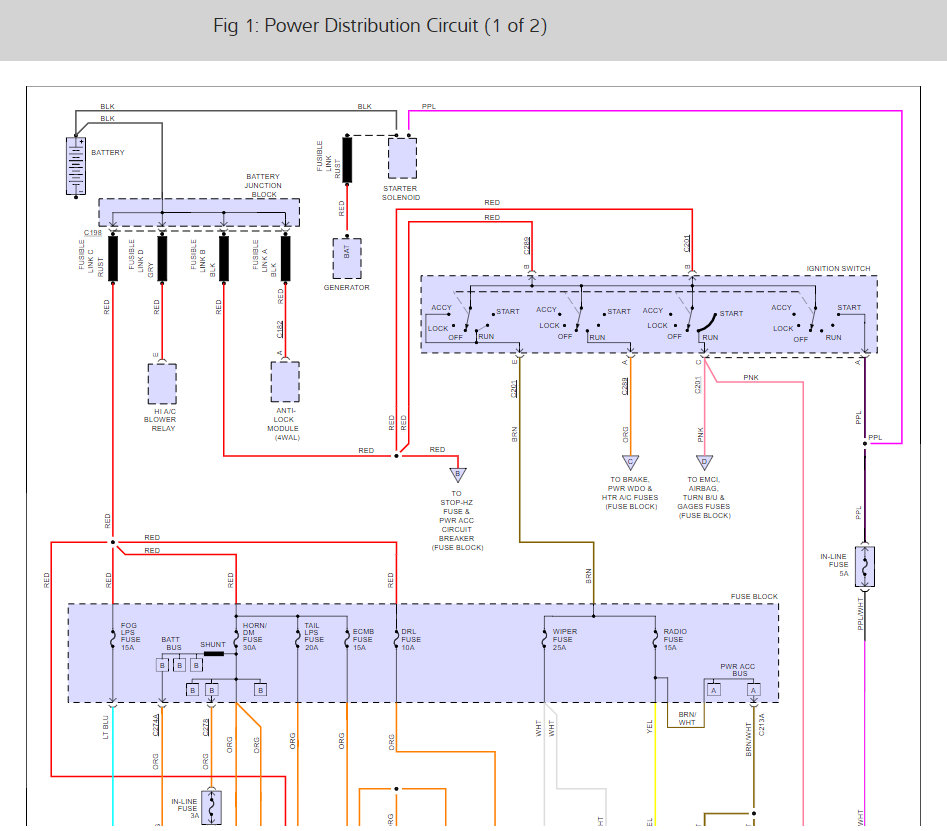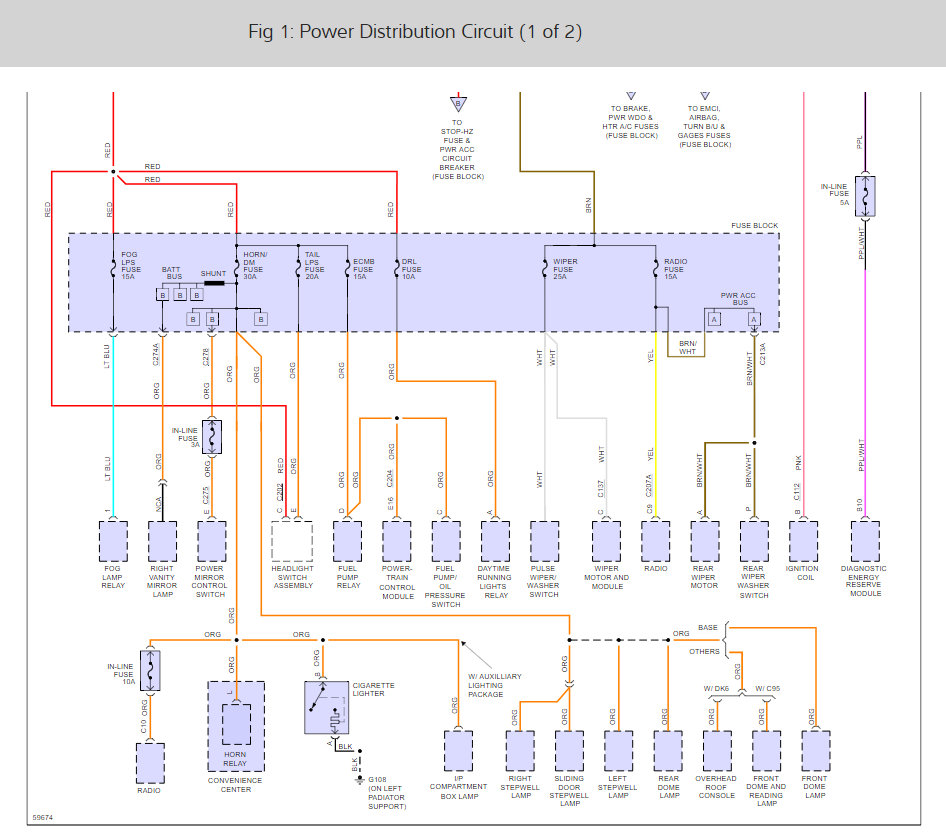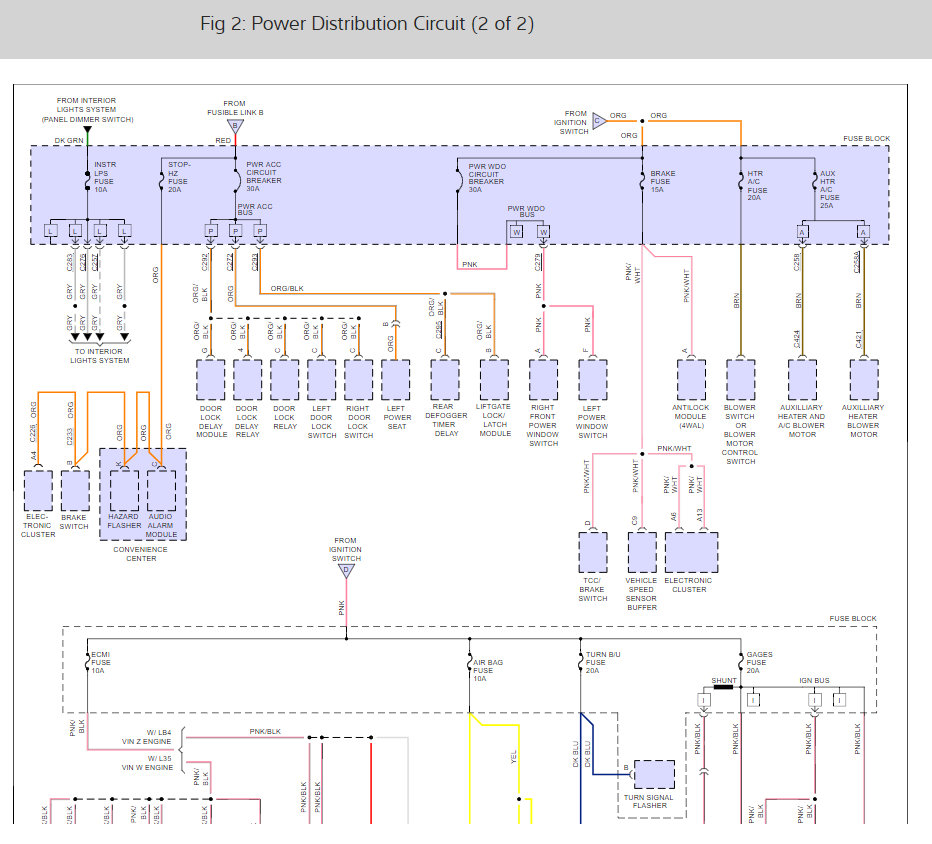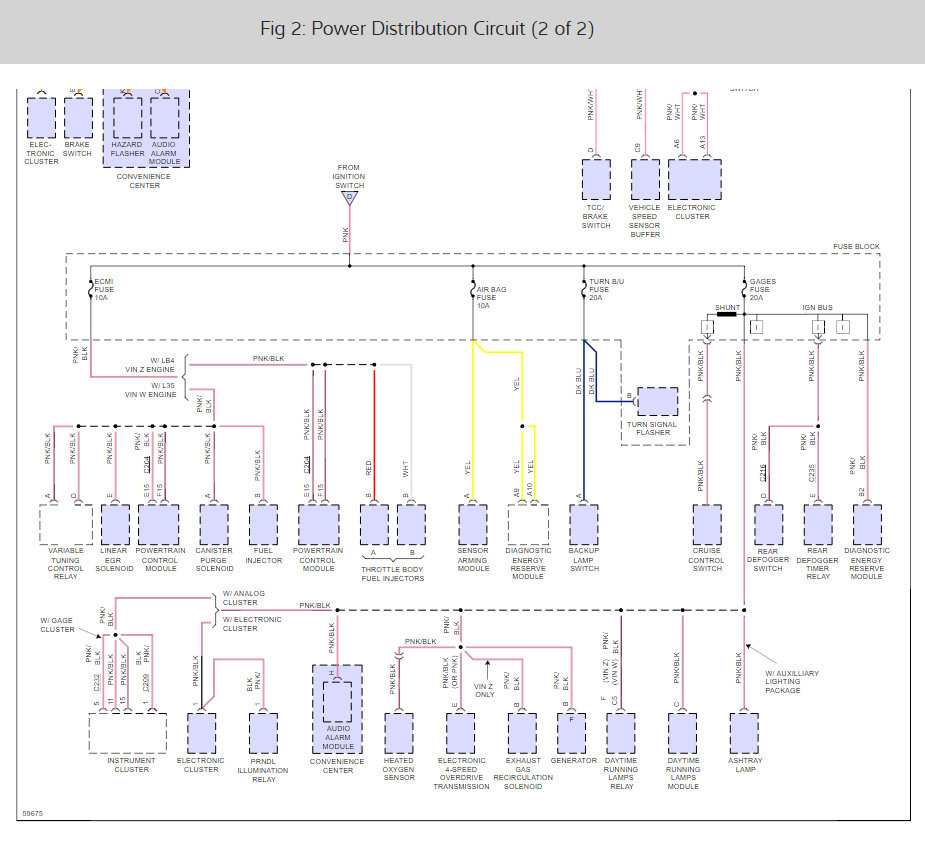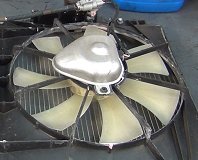GM has had a huge problem with their generators since they were redesigned for the '87 model year. To reduce the large number of repeat failures, replace the battery at the same time unless it is less than about two years old. As they age, they lose their ability to dampen and absorb those spikes.
Those voltage spikes commonly damage the generator's internal diodes and voltage regulator. There's two sets of three diodes which are one-way valves for electric current flow. If one diode shorts, it will reduce the generator's maximum output to exactly one third of its rated current which isn't enough to run the entire electrical system under all conditions. In your case, if one diode in each set shorts, you will have a direct short to ground which will blow the fusible link. The thing is though, that fusible link has nothing to do with the starter system. The link is only connected to the starter terminal because it is a convenient tie point.
You should see a large spark when you connect the output wire to the generator if it is shorted, and the fusible link will blow right away, if those diodes are shorted. The fact it doesn't blow until you crank the engine suggests something else is wrong. Either you have a new fuse link that is too small in diameter, or it is connected to the wrong terminal. Fuse link wires are sold by the color of their insulation which denotes their gauge and current rating.
Before you crank the engine, measure the voltage on the generator's output terminal. You should see full battery voltage there. Once the engine is running, measure that voltage again. If you still see around 12.6 volts, the fuse link isn't blown but the generator isn't working either. You should find between 13.75 and 14.75 volts. If you do find at least 13.75 volts, measure right at the battery. You should see the same voltage at both places.
You can also unbolt the output wire from the generator, but be careful to not allow the terminal or the tools to touch ground if the battery is still connected. Try cranking the engine with that terminal disconnected. If the fuse link still blows, it is connected to the wrong terminal or there may be a problem with the battery's ground cable.
Another thing you can try is unplugging the small connector on the side, rear of the generator. That will simply turn it off. If the fuse link does not blow now, but it does as soon as you reconnect that plug with the engine running, you have a generator that has a larger capacity than the original one or the fuse link is too small. You can use a larger generator but the fuse link has to be sized accordingly and you have to be aware it is there to protect the rest of the wire which is now going to be under-sized. The generator won't deliver more current just because it has a higher current rating. (It will only deliver what the electrical system demands). The only time the larger generator will deliver more current is when the charging system is being tested under full load, or right after starting the engine and the battery is run down. Once the battery begins to charge, generator current will gradually decrease.
SPONSORED LINKS
Tuesday, November 7th, 2017 AT 11:59 AM
(Merged)
